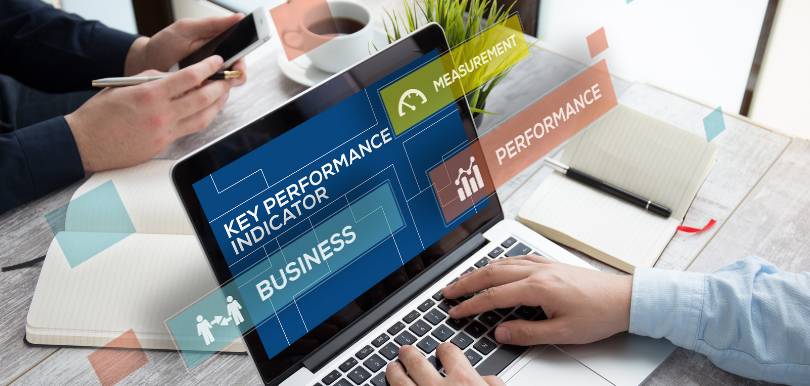KPI Governance Structure: Understanding the Roles of KPI Owners and Data Custodians

Image Source: relif | Canva
When implementing a Performance Management System (PMS) based on Key Performance Indicators (KPIs), the organization needs to create a favorable context to plan, organize, coordinate, communicate, and control performance. Such endeavor implies multiple initiatives, resources, and most of all, employee engagement. However, challenges are inevitable. These challenges often arise from the mechanisms and relations by which the KPI Measurement Framework and KPI-related processes are controlled and directed.
As such, unclear definitions and overlap of roles and responsibilities and lack of ownership, commitment, or clarity in terms of target achievement accountability are some of the most common challenges that may endanger the achievement of strategic business objectives and goals. The root cause of these dysfunctions is that KPI governance structure has never been clearly defined or described.
KPI governance structure
There are multiple parties involved in governing and managing KPI-related processes, and all play a specific role in promoting, supporting, designing, implementing, and maintaining the KPI measurement framework. A typical KPI governance structure includes the following components:
- Performance Manager – Responsible for supervising the entire process
- PMO specialists – Support the persons involved in the process, analyze data and check it for accuracy
- KPI owner – Responsible for KPI target achievement
- Data custodian – Responsible for KPI results collection/ data collection
KPI owners and data custodians have two of the most operational KPI governance roles within the organization. While the data custodians are responsible for ensuring that high-quality KPI data is gathered and communicated to all interested stakeholders, the KPI owners are mainly responsible for the KPIs under their management, making sure that they are viable and measurable.
KPI owners’ role and responsibilities
Within a standard Data Governance Framework, a data owner is in charge of ensuring that processes are followed to guarantee the collection, security, and quality of data. Frequently in a senior or high-level leadership position, a data owner has a role in planning the data, supervising access to it, ensuring data security, and defining a repository to contextualize the data.
Similarly, a KPI owner is responsible for overseeing the process, function, or initiative that the KPI is monitoring. That person has access to the data, knowledge of how that domain functions, and, most of all, is empowered to make decisions on improving operations.
In a nutshell, the KPI owner is responsible for reaching KPI targets through the following actions:
- Monitoring (looking at) the measure over time
- Interpreting its trends and patterns and seeking causes for them
- Communicating this information to people affected by that performance area
- Initiating action to improve performance in that area
- Following up to be sure that actions have the desired effect on performance
Data custodians’ role and responsibilities
Within a KPI governance framework, data custodians are involved in the design of performance data collection, receipt and storage, process, analysis, reporting, publication, dissemination, and archival or deletion of data. The daily processing and management of performance data are therefore under the control of appointed data custodians. The person assigned with such a role must demonstrate high levels of data literacy as well as skills in data management software systems and tools.
Other required competencies for a data custodian are as follows:
- The ability to intuitively identify and recognize any variance from the data quality dimensions
- Can contribute to better ways of collecting data
- Focused on the improvement and automation of the process
- Can competently apply the behaviors and skills of managing change
- Uses change as an opportunity to advance business objectives
- Works to minimize complexities, contradictions, and paradoxes or reduce their impact
- Unifies leadership support for direction and smoothens the process of change
We may say that the data custodians are the guarantors of a sound performance data gathering process. Because of that, the profile of such an individual should also cover an analytical mind, experience in measuring and reporting metrics/ KPIs, information technology skills (basic Microsoft Excel or more advanced data analysis tools, depending on the data architecture`s level of automation), and a strong sense of integrity and ethics.
While some companies may hire specialized professionals, such as data analysts, other organizations may assign the data custodian roles to the existing employees.
Conclusion
Building a strong KPI governance team is a key part of the KPI-related processes and functionalities and of successfully overcoming the inherent challenges of implementing a PMS. Once the right people are on board, they need to be guided towards making the right decisions and focusing on the correct issues, ultimately making sure that information is being governed for a purpose that aligns with business objectives.
Discover the world of KPIs, from best practices to developing scorecards and dashboards, by signing up for The KPI Institute’s KPI Professional and Practitioner training courses.

